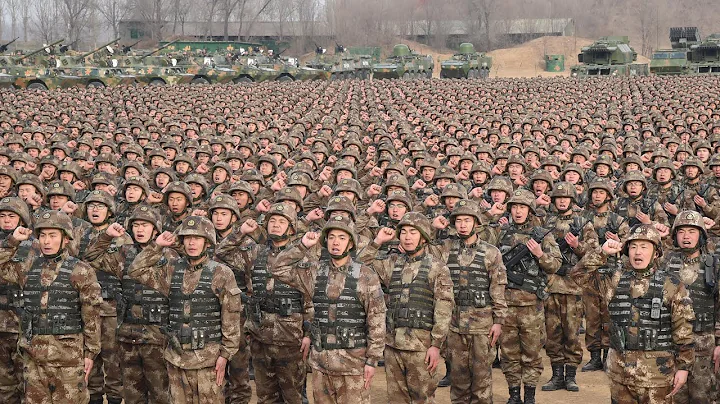The second "World" carrier rocket was successfully launched on the afternoon of June 21, which greatly enhanced South Korea's self-confidence as a "developed country". Sure enough, the Korea Aerospace Research Institute officially announced at that time that it would develop the KSLV-III rocket, which is said to have a low-Earth orbit transportation capacity of 10 tons and will make its first flight in 2030. Interestingly, this time South Korea suddenly became modest and named KSLV-III "World" II, which was not the "Universe" as everyone thought.

is not called the universe number this time?
Like the KSLV-II "World", KSLV-II also uses liquid oxygen kerosene as propellant, but it is changed from three stages to two stages, and the height is increased from 47.2 meters of the "World" to 52 to 54 meters. The diameter of the rocket body is 3.7 to 3.8 meters, while the first-level diameter of the "World" is 3.5 meters, and the second-level and above diameter is 2.6 meters. The fairing has a diameter of 4.2 meters and a length of 10 to 12 meters. The take-off mass has been increased from 200 tons of the "World" to about 360 tons. The low-Earth orbit load capacity has been increased from 2.6 tons of the "World" to 10 tons. class.

A big improvement
In terms of engines, the first level of KSLV-III plans to install five 100-ton staged combustion cycle liquid oxygen kerosene engines , and the second level will install two 10-ton staged combustion cycle liquid engines that can be ignited multiple times. Oxykerosene engine. The current first stage of the KSLV-II "World" uses four 75-ton liquid oxygen kerosene engines, the specific model is KRE-075. The second stage is a vacuum version of KRE-075, with the same thrust of 75 tons. The third stage The class uses a 7-ton engine KRE-007.

All samples of the new engine
In other words, although it is called "World" II, KSLV-III threw away all the engine foundation that Korea had finally accumulated on the "World", started anew, and staged "Bear" again Break the stick." According to the performance data provided by South Korean officials, the "World" is not as good as the Long March 2 rocket developed by my country in the 1970s, and it is not as good as the "Suzaku" 2 rocket of my country's private aerospace company. However, if KSLV-III can really turn data into reality, it will be almost equivalent to the Falcon 5 rocket of the American SpaceX company.

Falcon 5 rocket, in fact, the first picture is of Falcon 5, which was stolen by Koreans
Why compare it with "Falcon" 5? Because the five 100-ton liquid oxygen and kerosene engines in the first stage of KSLV-III are said to be reusable, that is, the first stage must be recycled and reused. Yes, South Korea wants to reuse rockets, not just for a day or two, but even wants to cultivate its own SpaceX. After the first launch of the "World" failed last year, the South Korean government announced that it would publicly transfer all the technology of the rocket to Hanwha Airlines or other companies, and planned to invest US$593 million from 2022 to 2027 to support South Korea's private sector. The growth of the aerospace company has been very vigorous, and with KSLV-III, it may be directly named as a private rocket. Of course, it’s hard to say whether South Korea can master the technology of reusing rockets.

World's KRE-075 engine

SpaceX's Merlin 1A engine, are they similar?
It is worth mentioning that KSLV-III’s goal is not only low-Earth orbit, South Korea even wants to use it to achieve lunar sample return in 2035. In South Korea's plan, there are not only lunar exploration, lunar return, space station, but also manned moon landing, Mars sampling return and other ambitious goals. After all, they have just announced that they will become a "major space agency" by 2035. Strong country".

South Korea's lunar probe "Shared Moon"
However, the design target of the Earth-moon transfer orbit of KSLV-III is only 1.5 tons, and the launch weight of our Chang'e-5 , which returns lunar samples, reached 8.2 tons. Even the earliest Chang'e-1 was 2.35 tons. I wonder how South Korea can achieve lunar sample return with a 1.5-ton TLI payload? Could it be said that the lunar lander and return vehicle are as small as the Korean ones? The sample recovered is the same as that of Japan's Hayabusa2 asteroid probe, weighing only a few grams?

The Koreans are very ambitious.
Of course, KSLV-III can also be expanded, such as adding a third sub-stage to increase the lunar transfer orbit capacity to 2 to 2.4 tons.Or add two solid boosters to increase the lunar transfer orbit capacity to 2.5 to 3.5 tons. There is even a CBC configuration plan. It is said that the rocket performance can reach three times that of the prototype. However, this is something that was only started to be developed after 2030. It is estimated that it will be truly usable by the middle of this century.

Expanded configuration of KSLV-III
In short, the successful launch of the "World" is a "chicken-blood" thing for South Korea, but in order to realize a bigger dream, the most important thing to do now is Let the "World" mature as soon as possible and conduct multiple launches. Success will only be considered successful if all are successful, instead of rushing to build a new rocket immediately.



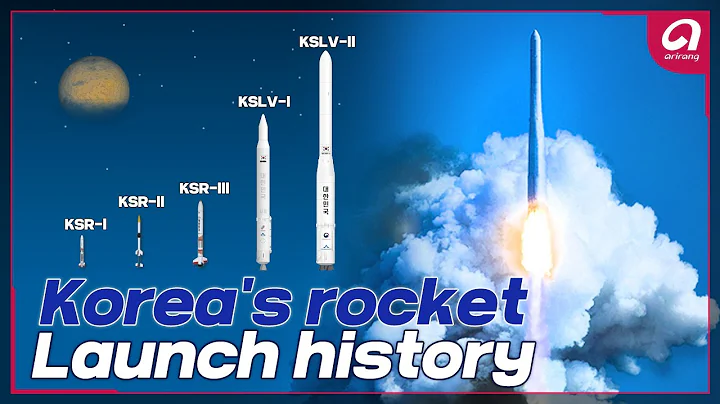

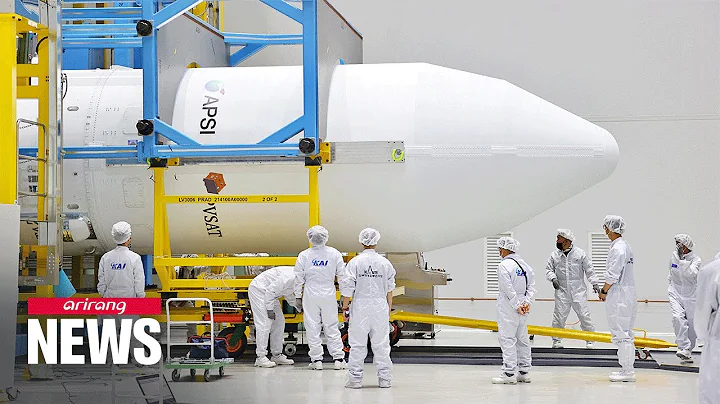
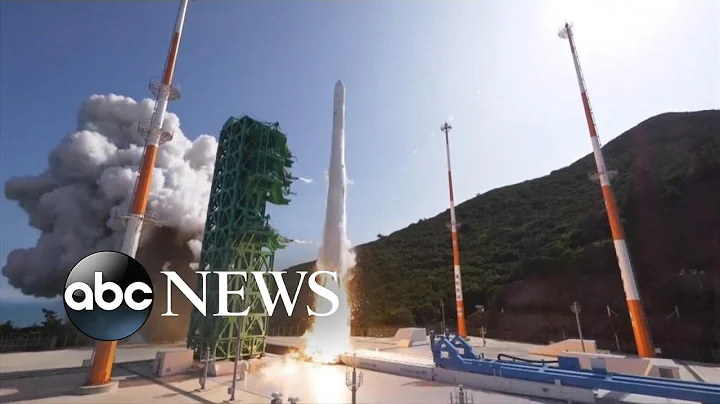
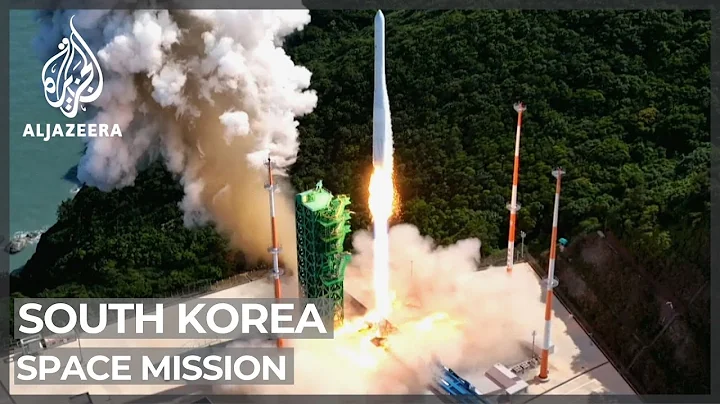
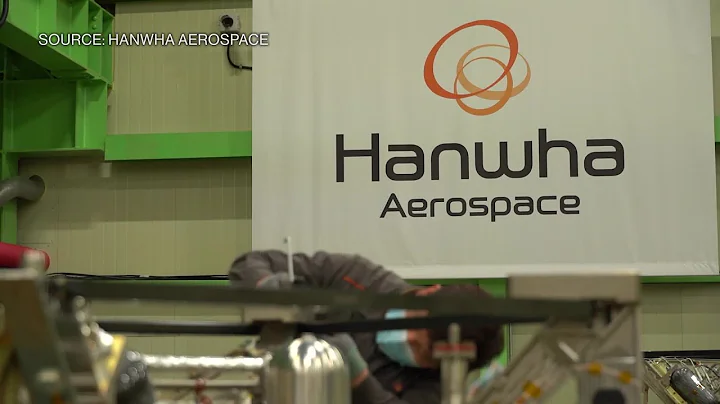
![[Timeline] The story of South Korea’s Nuri space rocket in facts and figures - DayDayNews](https://i.ytimg.com/vi/OOK6rg8lBes/hq720.jpg?sqp=-oaymwEcCNAFEJQDSFXyq4qpAw4IARUAAIhCGAFwAcABBg==&rs=AOn4CLBYx1BRSHf7-O5r5eWUoSjXw9lsWQ)

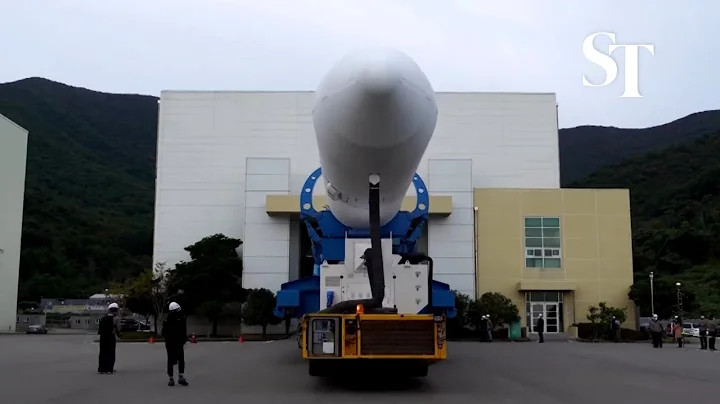




![China's New Armored Brigades [Explained] - DayDayNews](https://i.ytimg.com/vi/5d5_65NM1tY/hq720.jpg?sqp=-oaymwEcCNAFEJQDSFXyq4qpAw4IARUAAIhCGAFwAcABBg==&rs=AOn4CLCqh4mGb7JPeCfZsqUNhkfkKo79-w)




